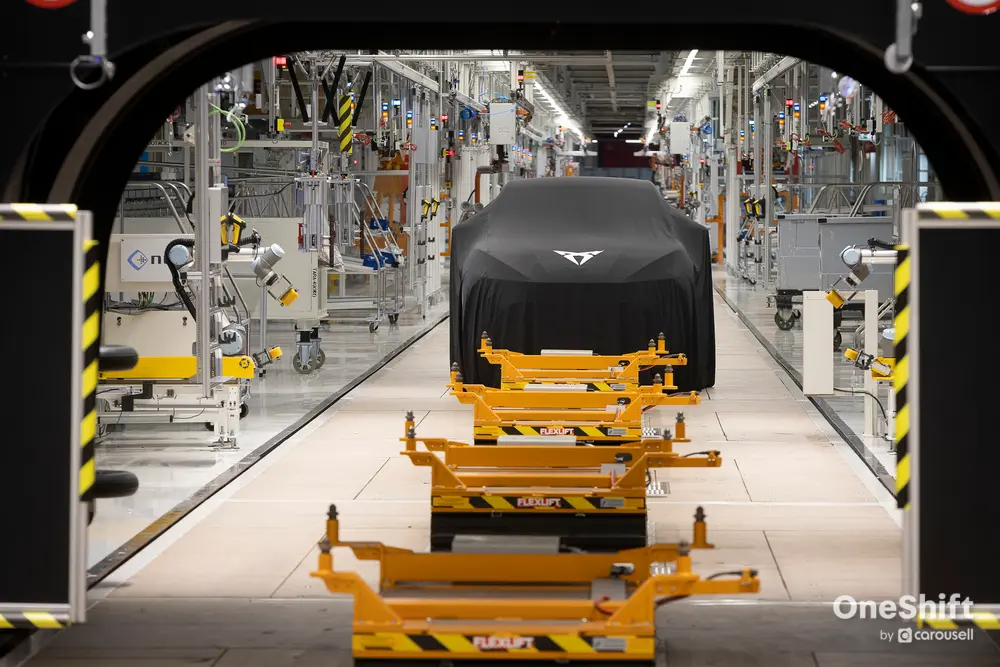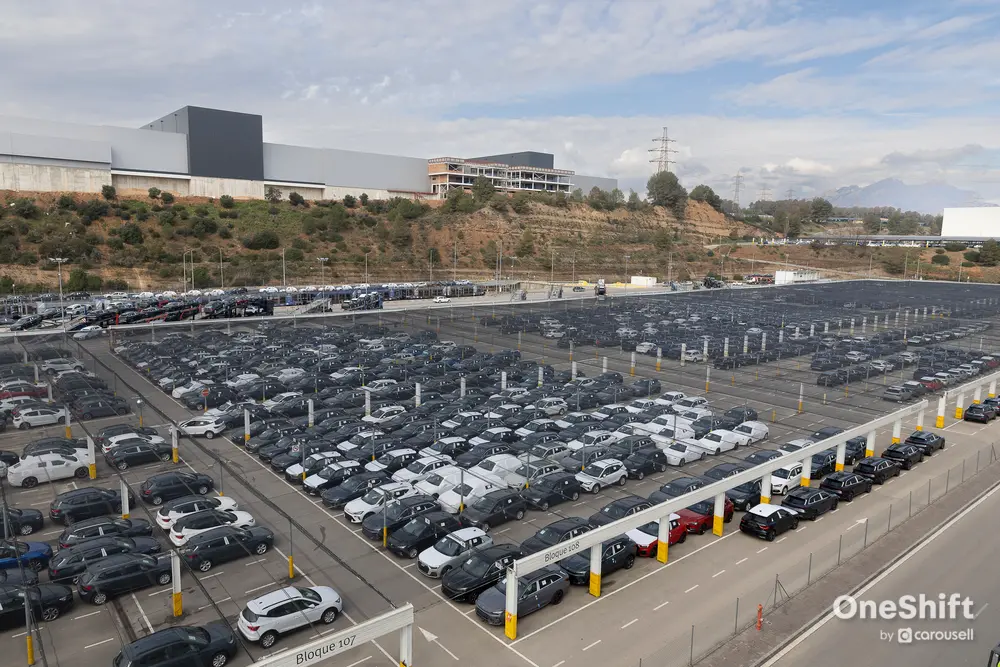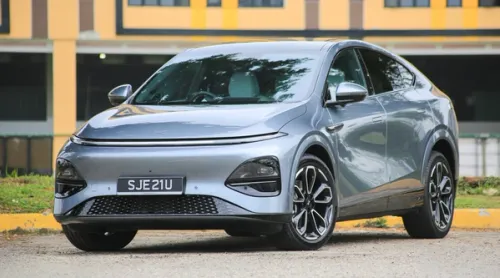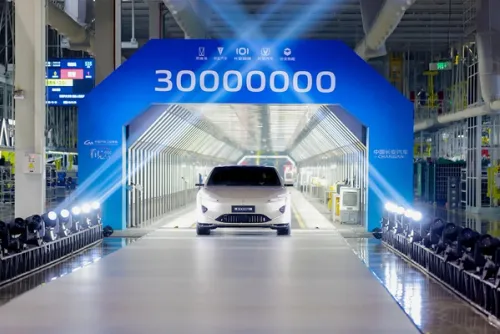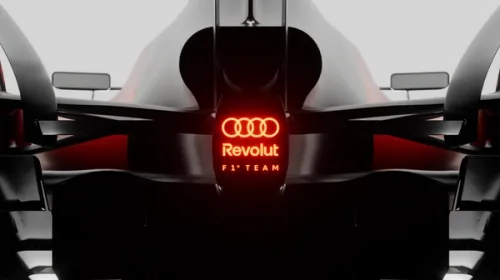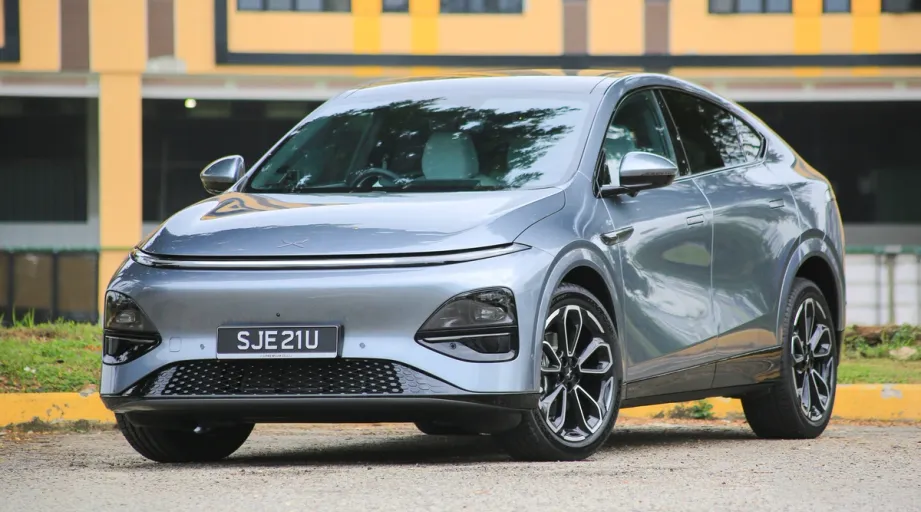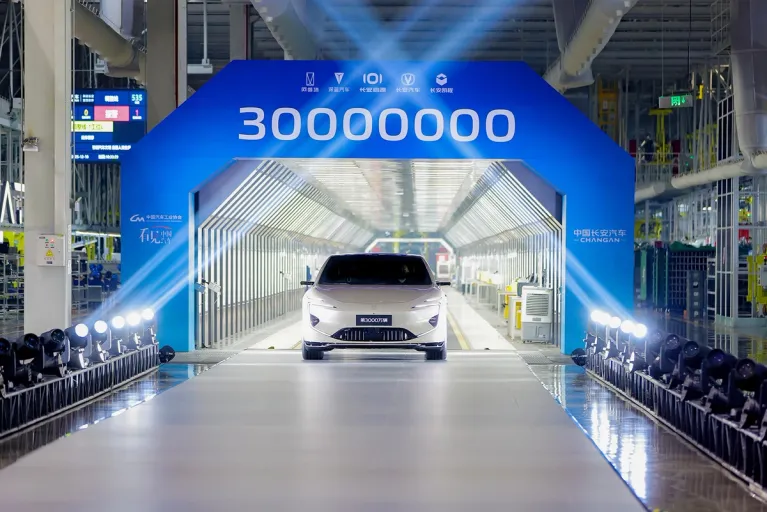Meeting the rebel in the Volkswagen Group: Cupra
We were flown to Barcelona, Spain to get under the skin of one of Europe’s most promising brands.

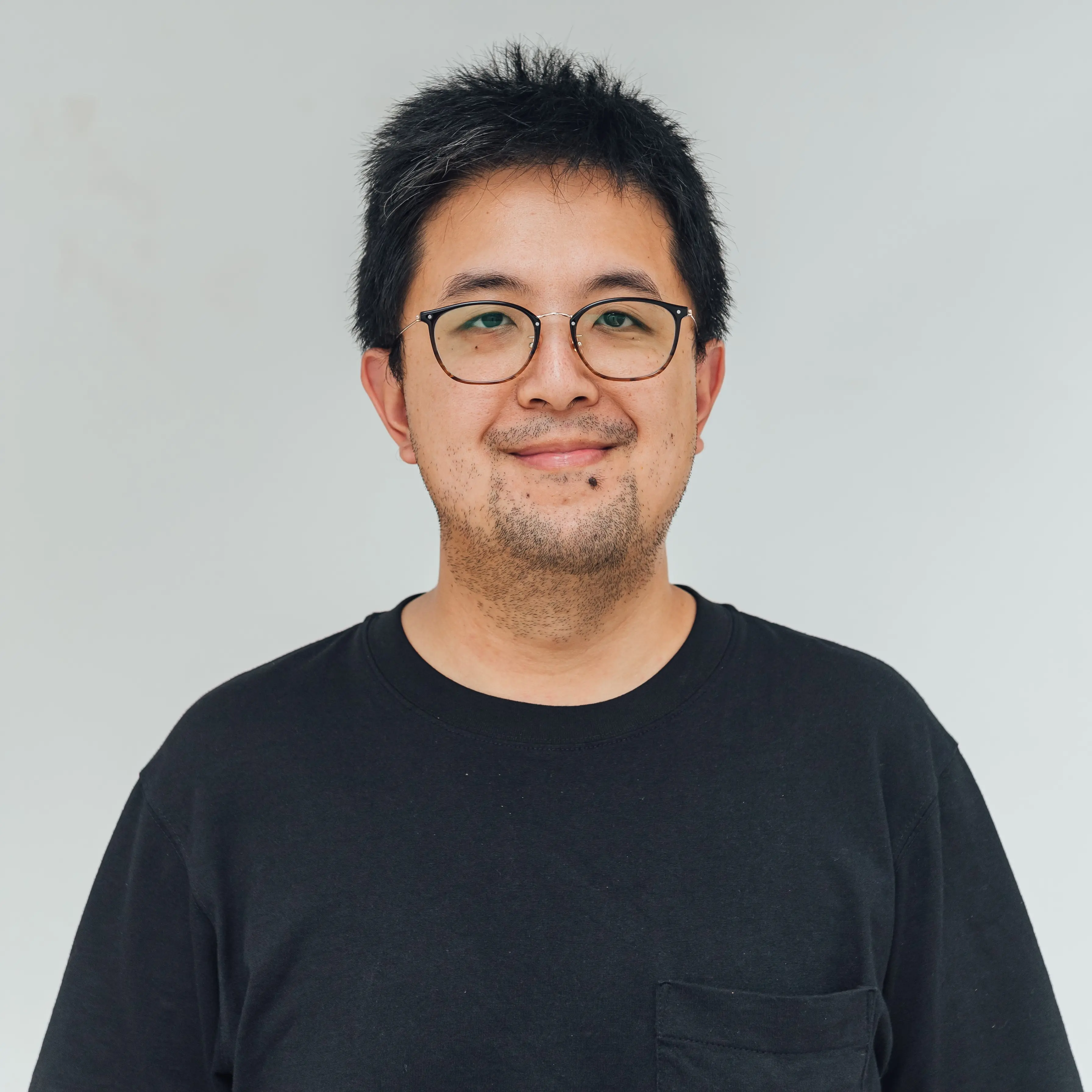


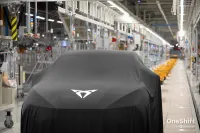


BARCELONA, Spain - SEAT has had a rather turbulent time in Singapore. It had a presence here in the 90s, but exited the market in 2001 before making an appearance 15 years later in 2016 under Vertex Automobiles. However, it was not meant to be as Vertex ceased SEAT retail operations in 2023, passing over the baton to Volkswagen Group Singapore (VGS) which decided to represent only Cupra, and not SEAT, for its new car business.
It seemed to me a risky move at that time, as SEAT had some brand recognition in Singapore, but Cupra a lot less so. For those not in the know, Cupra used to be the ‘go-faster’ versions of SEATs, so you got cars like the SEAT Leon Cupra which gave the Volkswagen Golf R a run for its money. But it is very much enthusiast-focused and known only to a very small (but passionate) group. So why did VGS place its bets on Cupra? That was one of the many questions I had as I pondered about my impending arrival to Barcelona.

What’s the SEAT story?
I suppose part of the answer stems from the very beginnings of SEAT, founded as Sociedad Española de Automóviles de Turismo in 1950. It was then taken under the wings of the Volkswagen Group (VAG) in 1986. Located in sunny Barcelona along the Mediterranean, SEAT was always one the more emotive brands in the Group with a strong Southern European flavour. Naturally, its customers were typically younger than the more practical or utilitarian Volkswagen or Skoda. Now imagine an even more concentrated form of the SEAT DNA - that could well describe Cupra.
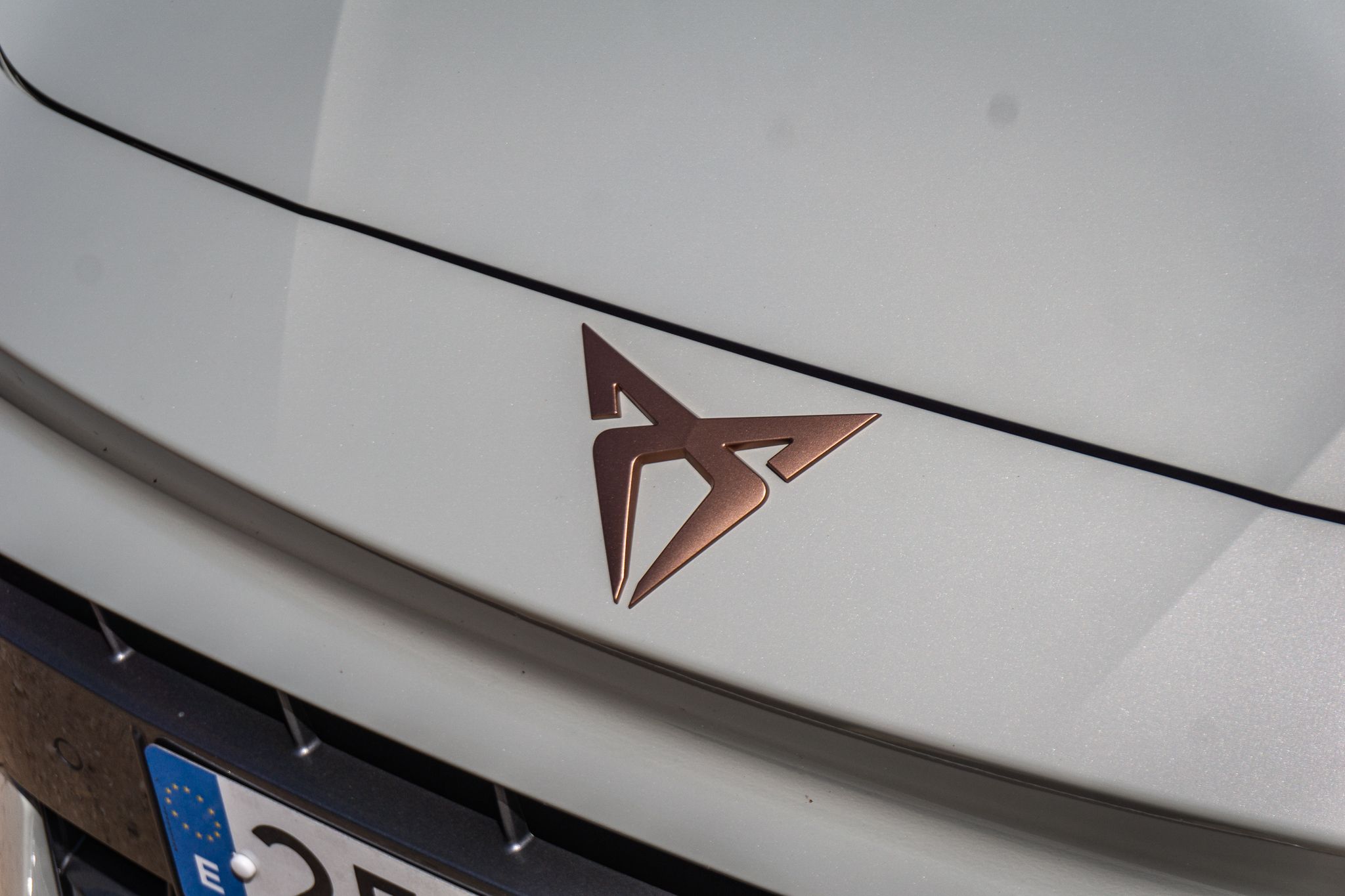
Cupra actually has its roots in SEAT Sport, the motorsports arm of the brand which was set up to target a more youthful target audience. The name Cupra stems from ‘Cup Racing’ (clever, innit?) and it was first applied to the SEAT Ibiza Cupra in 1996. However, it was never a standalone brand until 2018.
Huh, Cupra as a standalone brand? Why?
According to Sven Schuwirth, Executive Vice-President of Sales, Marketing & Aftersales at SEAT & Cupra, SEAT was always making a small profit or just breaking even only in the past. It needed something to rejuvenate its growth, and Cupra was the answer.
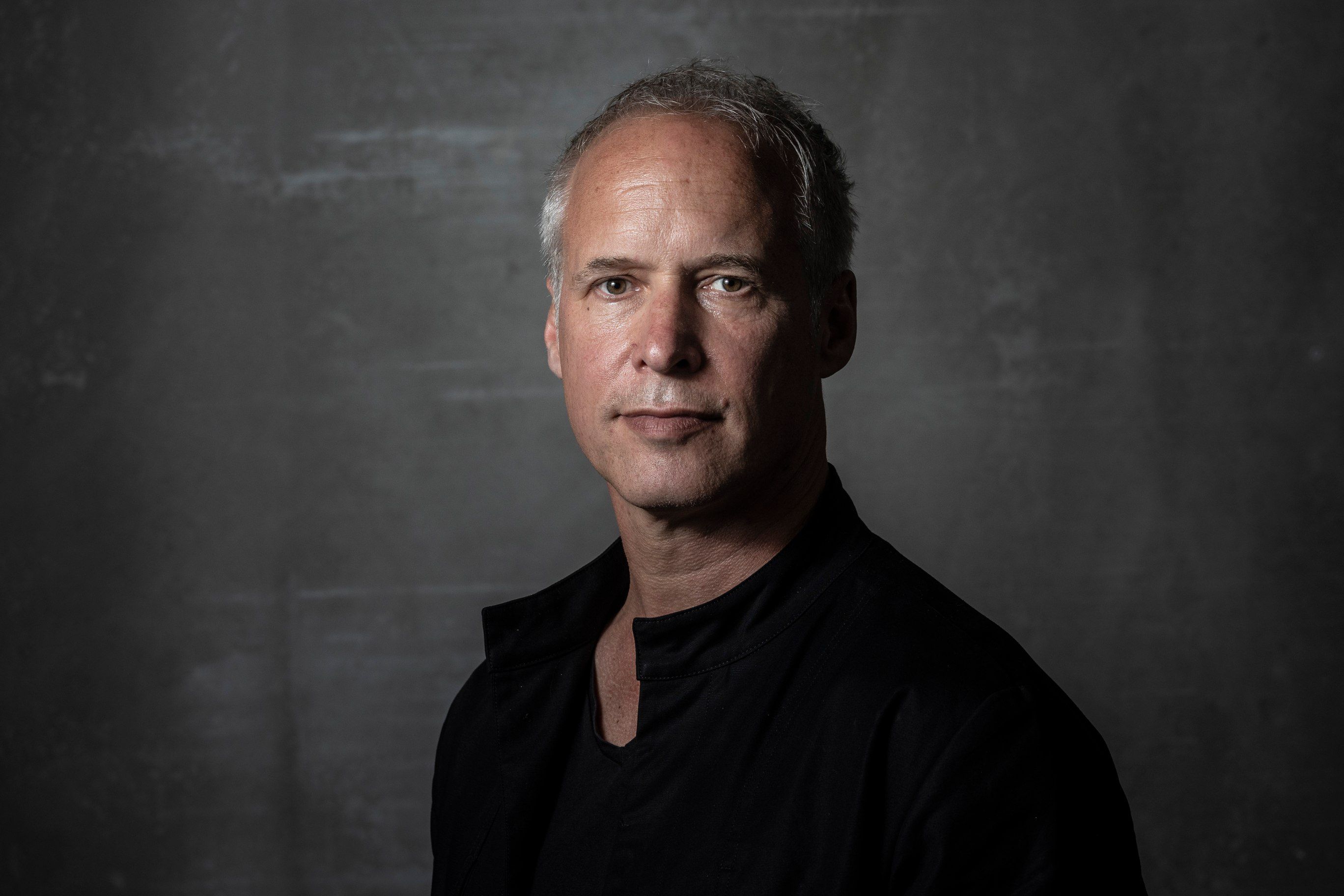
The other reason is that VAG realised that enthusiast demand in the mid-market space was not catered for, as most available products in the market were in the luxury segment. Cupra could fill that gap.

Lastly, VAG found that the next generation of buyers were increasingly not loyal, and did not identify with any of the ‘legacy’ VAG brands. Hence Cupra was born (sorry, no pun intended).
OK, that’s all good but how is Cupra going to compete with all of the other new brands coming to the market?
Cecilia Taieb, Global Head of Communications at SEAT & Cupra, acknowledges that the marketplace is crowded with many new Chinese brands.

However, she believes that because Cupra is first and foremost a lifestyle brand rather than a car manufacturer, it can do whatever others can’t do or won’t do, and that’s how it will stand out. “Cupra is not for everybody to like, but for some to love. It’s for the 10% who like to be in control of their cars. We don’t need to follow the status quo.”

She cites the Cupra Design House, which showcases partnerships with brands as varied as the Harper Collective (co-founded by Will Smith’s son, Jaden Smith) for luggage, Zellerfeld for 3D-printed shoes and MAM for fashion and apparel. The very designers who work on the cars and their interiors are also the ones enlisted in these collaborations.
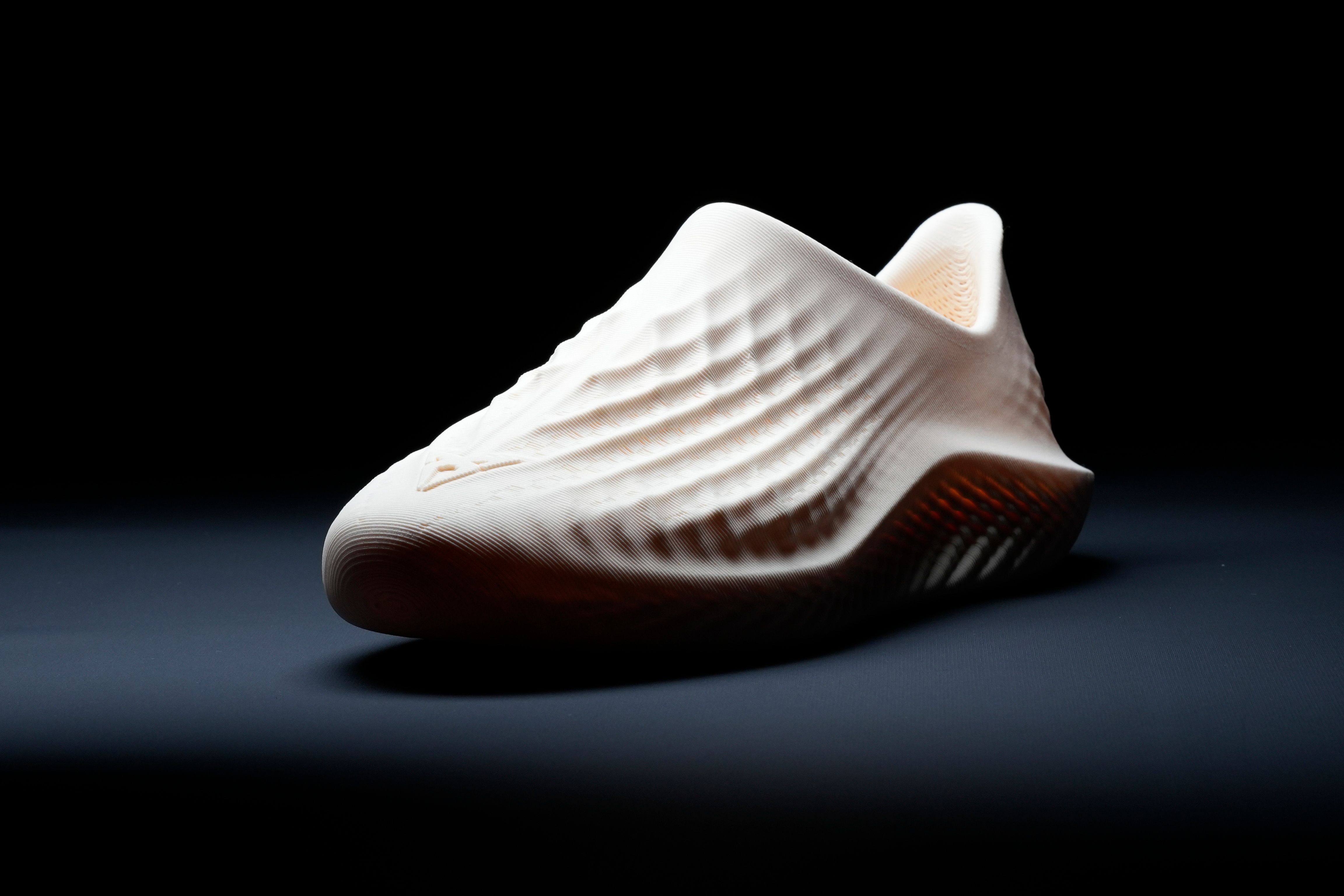
Cupra is also very much present in other high-key areas (notably non-automotive), such as being a partner of the indie music festival, Primavera Sound, the football team FC Barcelona and even the BAFTA Film Awards.
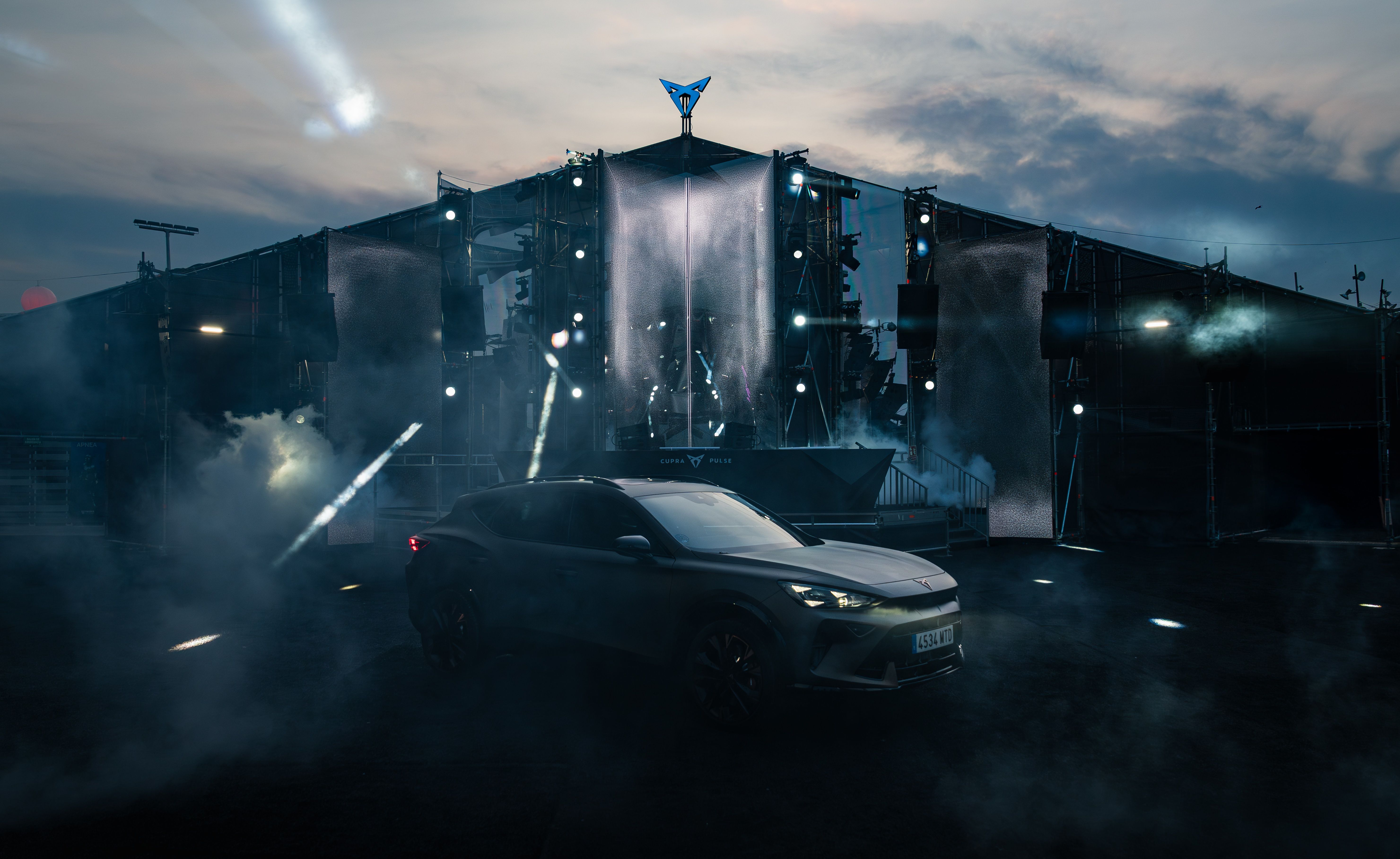
In fact, Cupra’s aim is to engage all five senses. So don’t be surprised if you’ve drank a Cupra drink or even tasted Cupra - apparently, Cupra is working with a French chef demonstrating Cupra in a culinary setting. Or a sex toy? It was even mentioned in the interview when asked what red lines Cupra would not cross. “Only alcohol, but nothing is written. We consider it case-by-case.”

Ooh, spicy. So let’s revisit the question again. Why Cupra in Singapore, and not SEAT?
Cecilia explains: “Cupra is to become a global brand, unlike SEAT which has never really been global. Brand desirability is more important to us than brand awareness.”
She added: “SEAT is like the older kid, more focused on ICE models, while with Cupra we will do more EVs.” Our take: Cupra probably makes more sense for a long-term business case in Singapore due to the favourable CEVS rebates for electric vehicles.
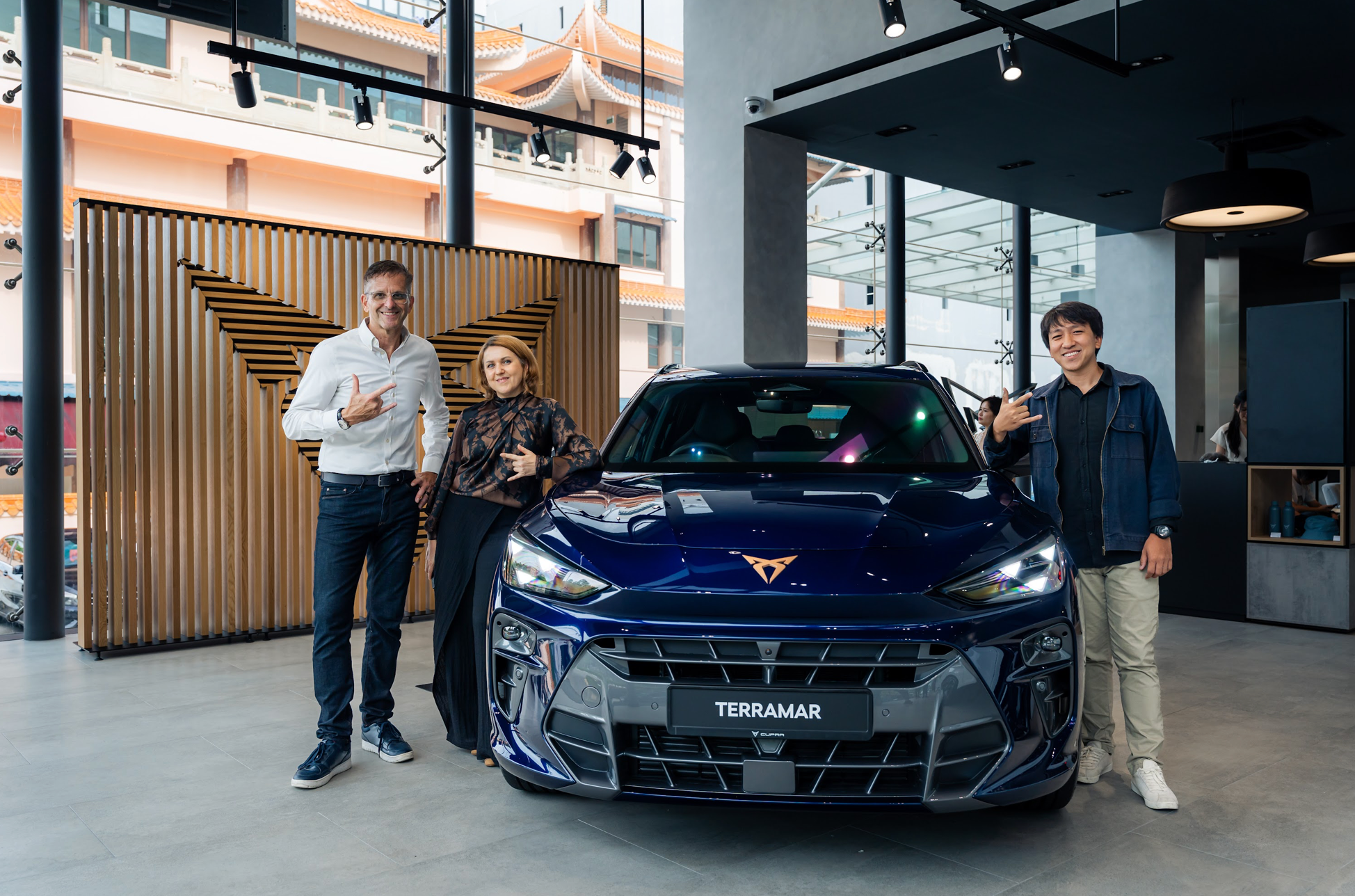
Gotcha. Now that’s established, tell me more about the Home of SEAT/Cupra at Martorell.
We started off in Barcelona which is, my word, probably one of the most beautiful cities in the world. How can one not be inspired by Gaudi architecture and well-preserved avenues everywhere you turn?
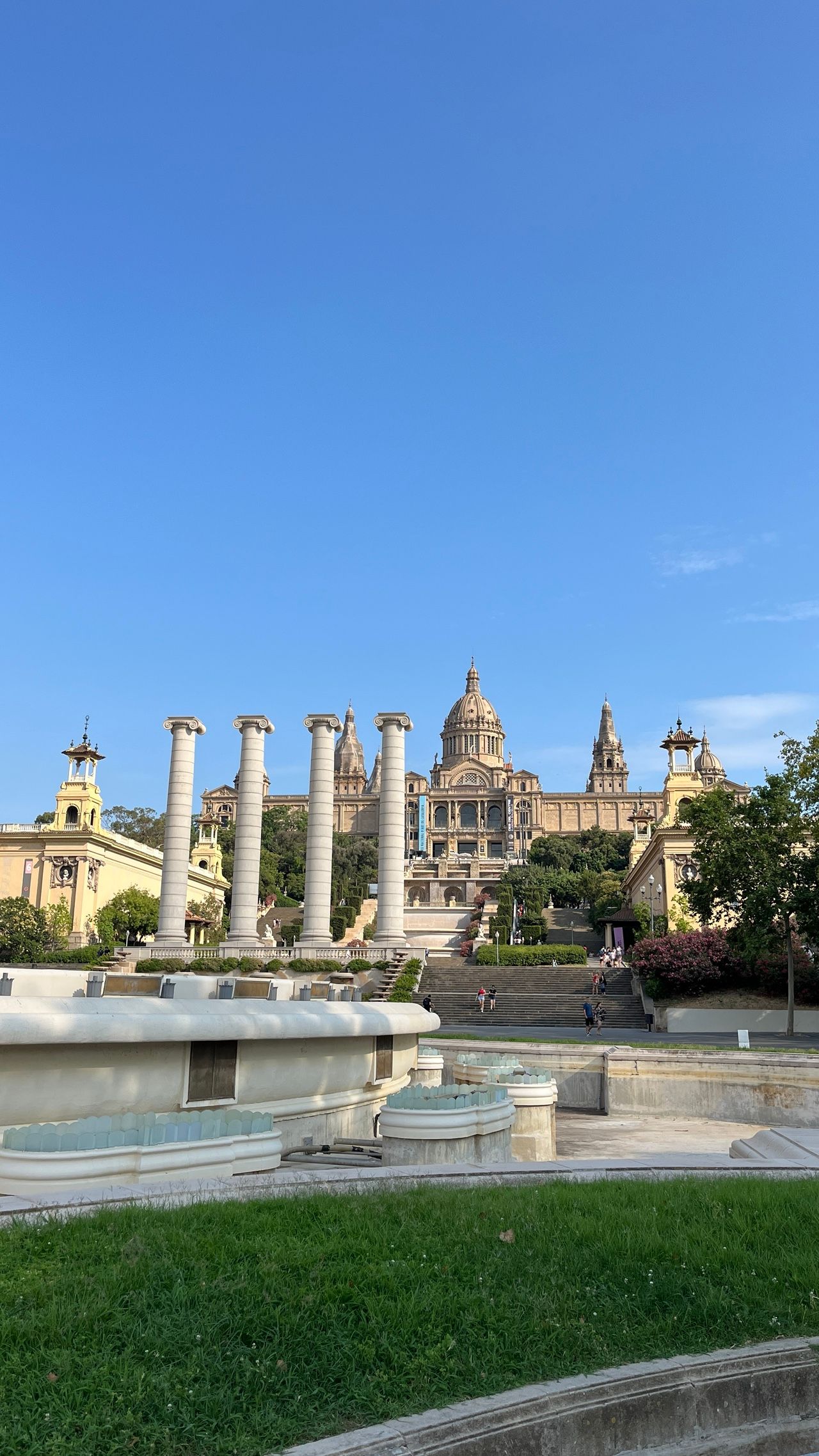
But it got even better. As we drove northwest towards Martorell, stunning mountain landscapes started to rise from the horizon, and I later learnt that the factory was literally at the foot of the famed Montserrat. During the journey, we saw many SEATs and Cupras on the road, likely staff who were on their way to work. It felt communal, somehow.
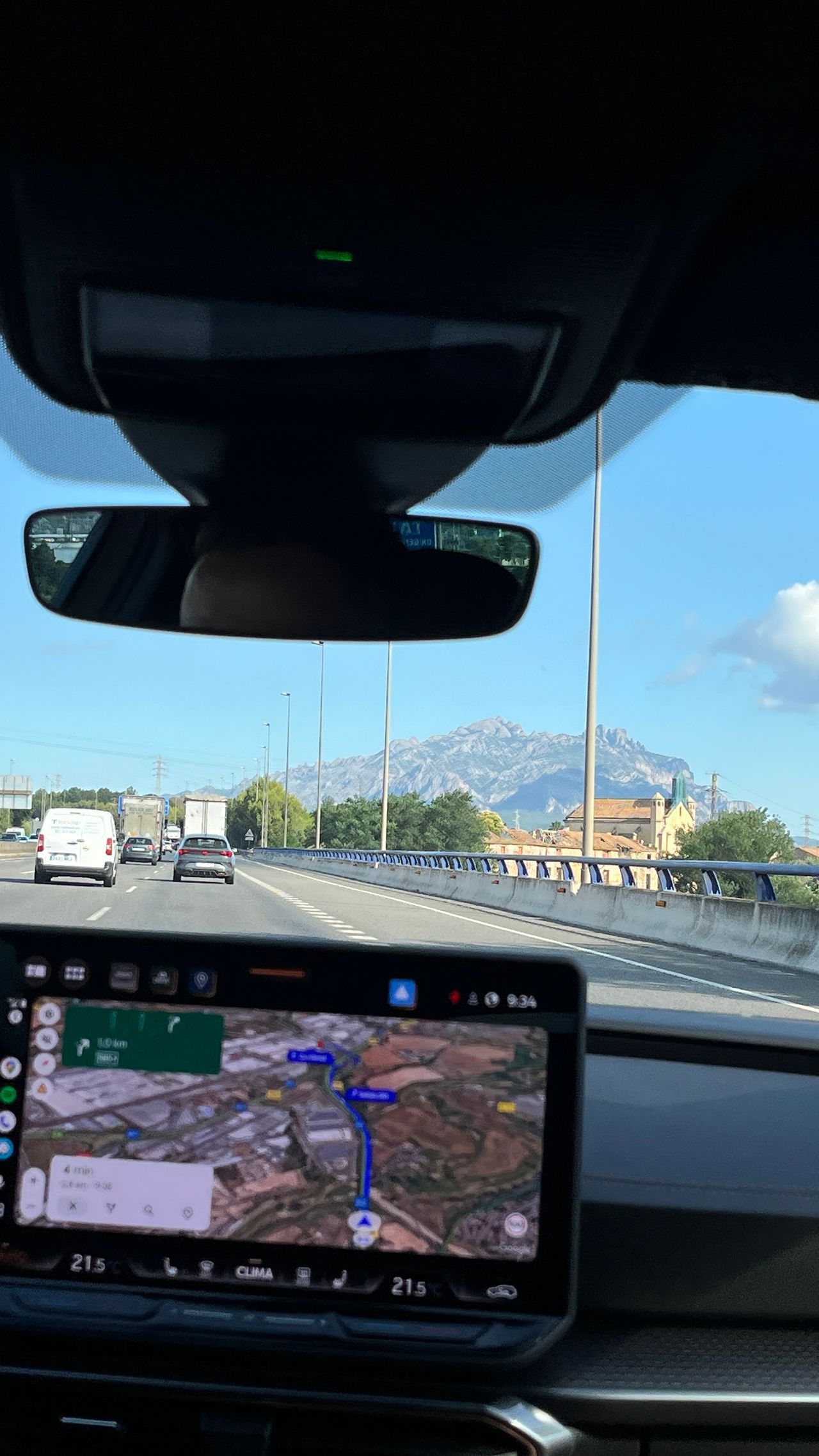
Opened in 1993, the Martorell factory is the 3rd largest in VAG in terms of production volume and covers an area of 400 football fields. Around 12,000 people are employed here and more than 12 million cars have been manufactured since inception.

VAG has big plans for Martorell. It’s set to be the hub for the small BEV family for the Group, receiving an investment of some 3 billion euros to get it prepared for electrification production. Models like the Cupra Raval and VW ID.2 will be made here.
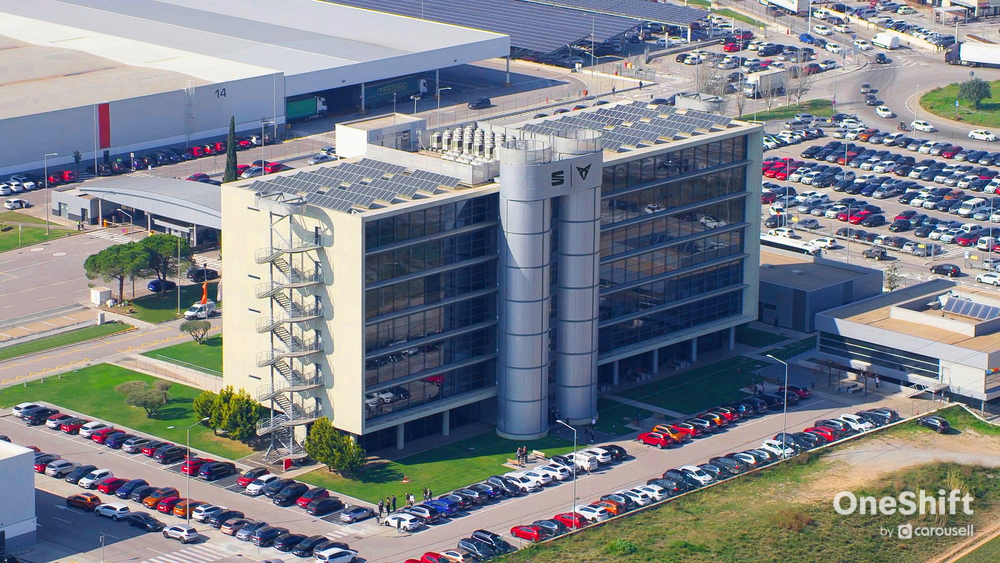
Entering the main corporate building, it was as modern and slick as any of VAG’s cutting-edge facilities. One interesting thing I noticed is that three languages are represented in the signboards - English, Spanish and Catalan. Catalonian culture is very strong and has some Franco influences due to its proximity to France. Don’t make the mistake of thinking Spaniards and Catalans are one and the same.
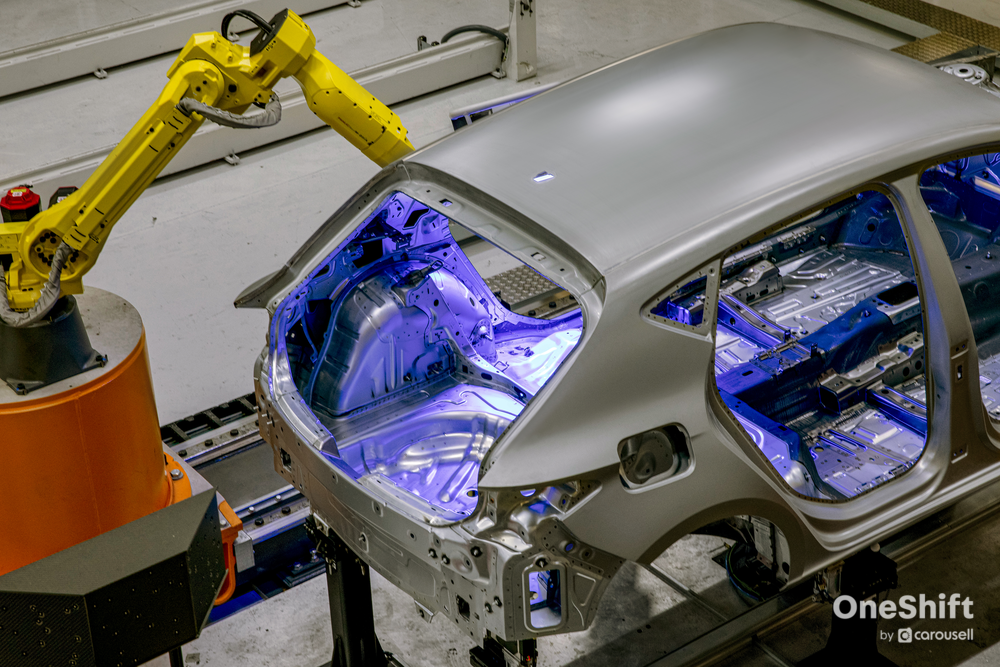
It certainly sounds impressive. Did you get to see cars being built?
It would be natural to start off with the production line, which produces one car every approximately 1 minute 9 seconds. It produced the Ibiza in 1983, but made the first car under VAG in the form of the 1999 Leon. Today, several SEATs and Cupras are made here, along with other VAG cars like the current Audi A1.
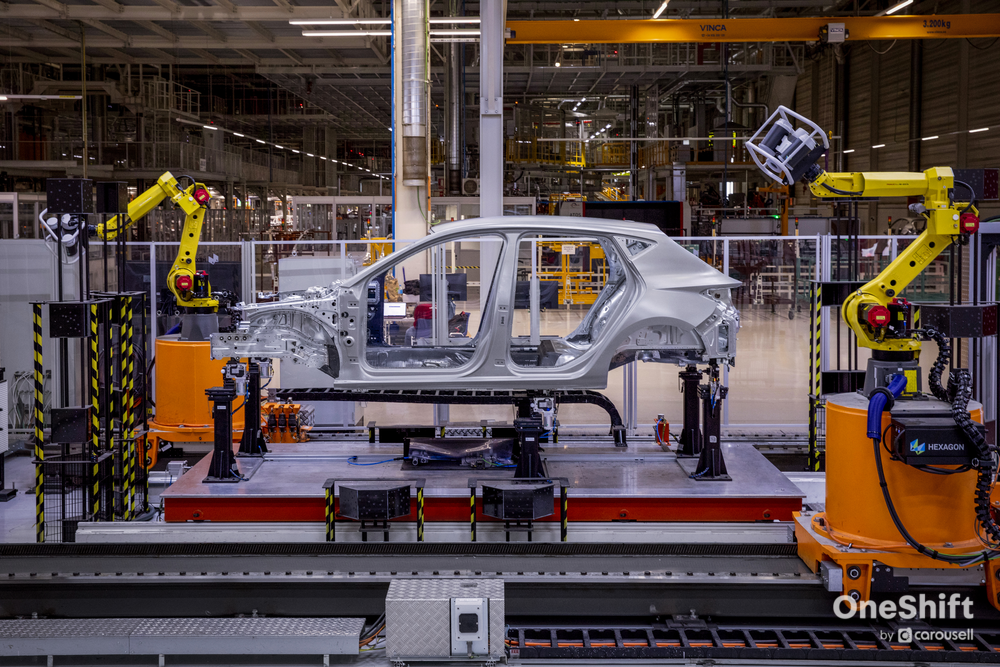
Although I couldn’t take photos at the production line, I’m definitely impressed by how ‘Germanic’ the processes are. For example, there is a healthy obsession with panel gaps and it’s all measured automatically with computers. It will detect if any gaps are beyond specification, give out a warning and the technicians will correct it. Interestingly, perhaps as a nod to warm Spanish culture, if there is an issue on the production line, a fun melody will play to make everybody aware about it. Cute.
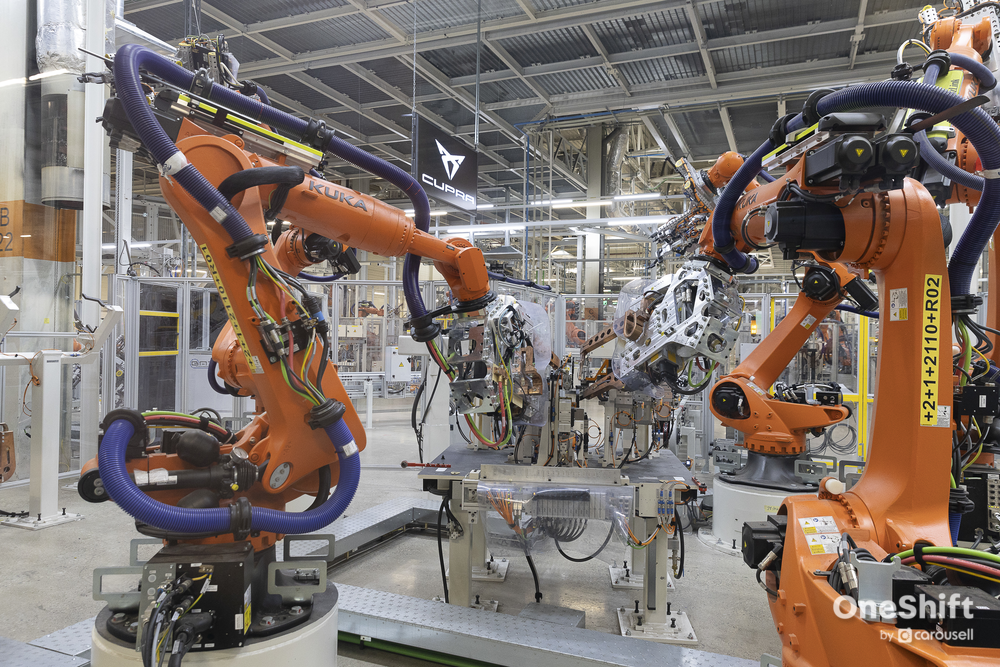
If you thought Spanish-made cars mean lower quality, think again. It’s neck-in-neck with the best I’ve seen in Germany, and there’s probably no surprise given the transfer of knowledge and best practices from VAG. With Martorell set to produce many of VAG’s electric cars, it’s going to be some sort of centre of excellence.
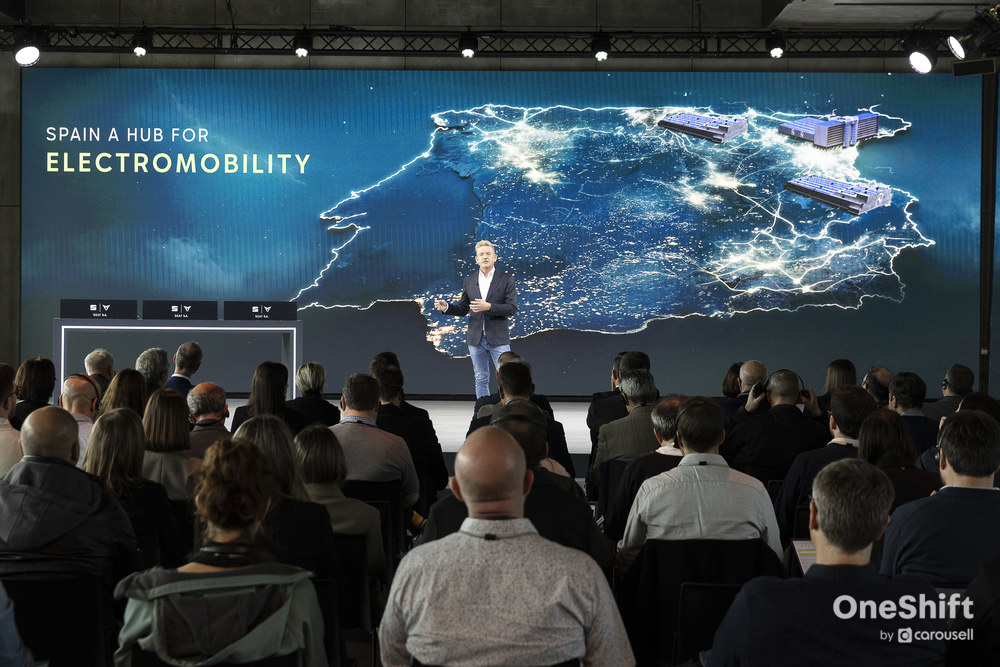
What else is done at Martorell besides building cars?
Actually, a whole lot. It’s the only complete vehicle manufacturing facility in Spain, meaning the whole process is done here, from design right up to the finished product. We got an inside look into two areas - Cupra Racing and the Design Centre.
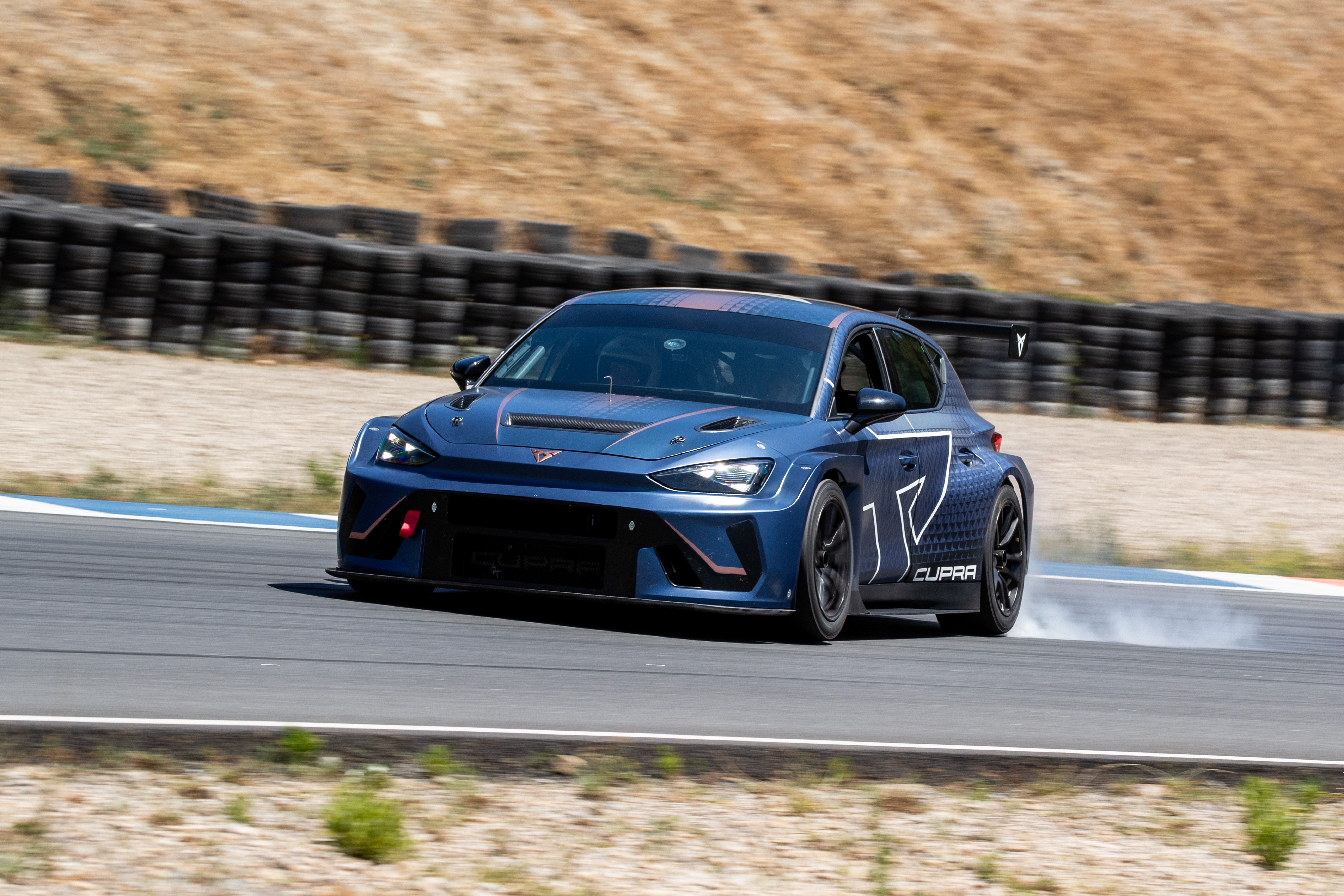
Cupra builds race cars?
Yep. This part of Martorell is pretty special - not only is it a race car production facility, it also deals with anything manually assembled by hand for SEAT and Cupra - including special accessories packages. There was a whole line-up of new as well as old go-faster SEATs and Cupras, each having their body shell taken off the production line and then modified here. Stuff like roll cages, big brake kits (typically from Alcon or AP Racing) and external body parts are added. It may look like a small operation, but Cupra Racing makes some 15,000 cars a year!
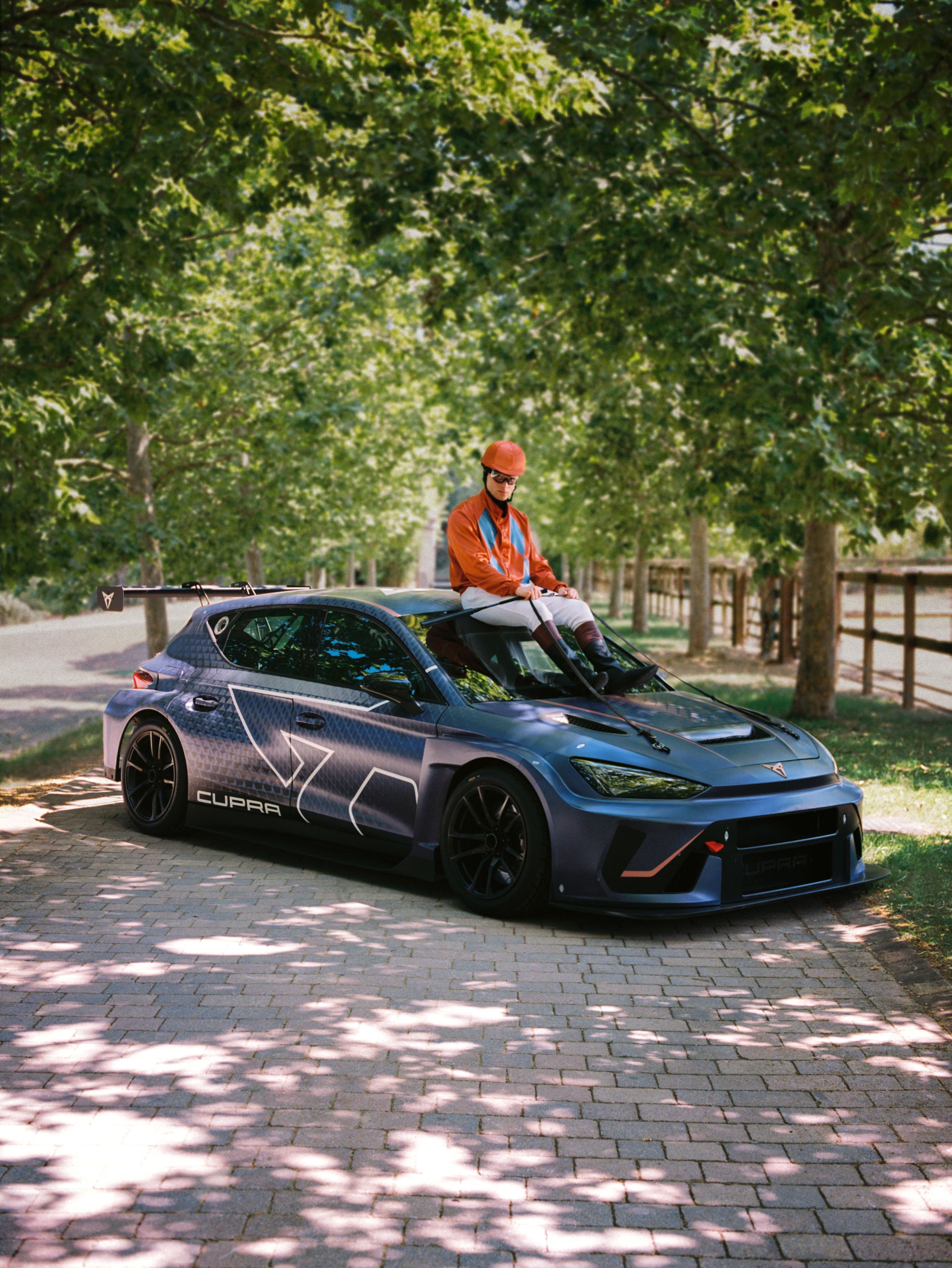
We got to see the latest Cupra Leon VZ TCR but little did we know that we would actually get to sit in it. On a race track. More on that in another piece about our time at the Castelloli Circuit.
Consider me jealous. What’s next, seeing concept cars?
Umm, you got that absolutely right. Before we were brought through the basics of Cupra design by Jorge Diez, Head of Design at Cupra, we had to surrender our phones. So I have no photos to show you of what we saw. But what I can tell you is that Cupra is defiantly pushing the boundaries of what we think is possible in the automotive world.
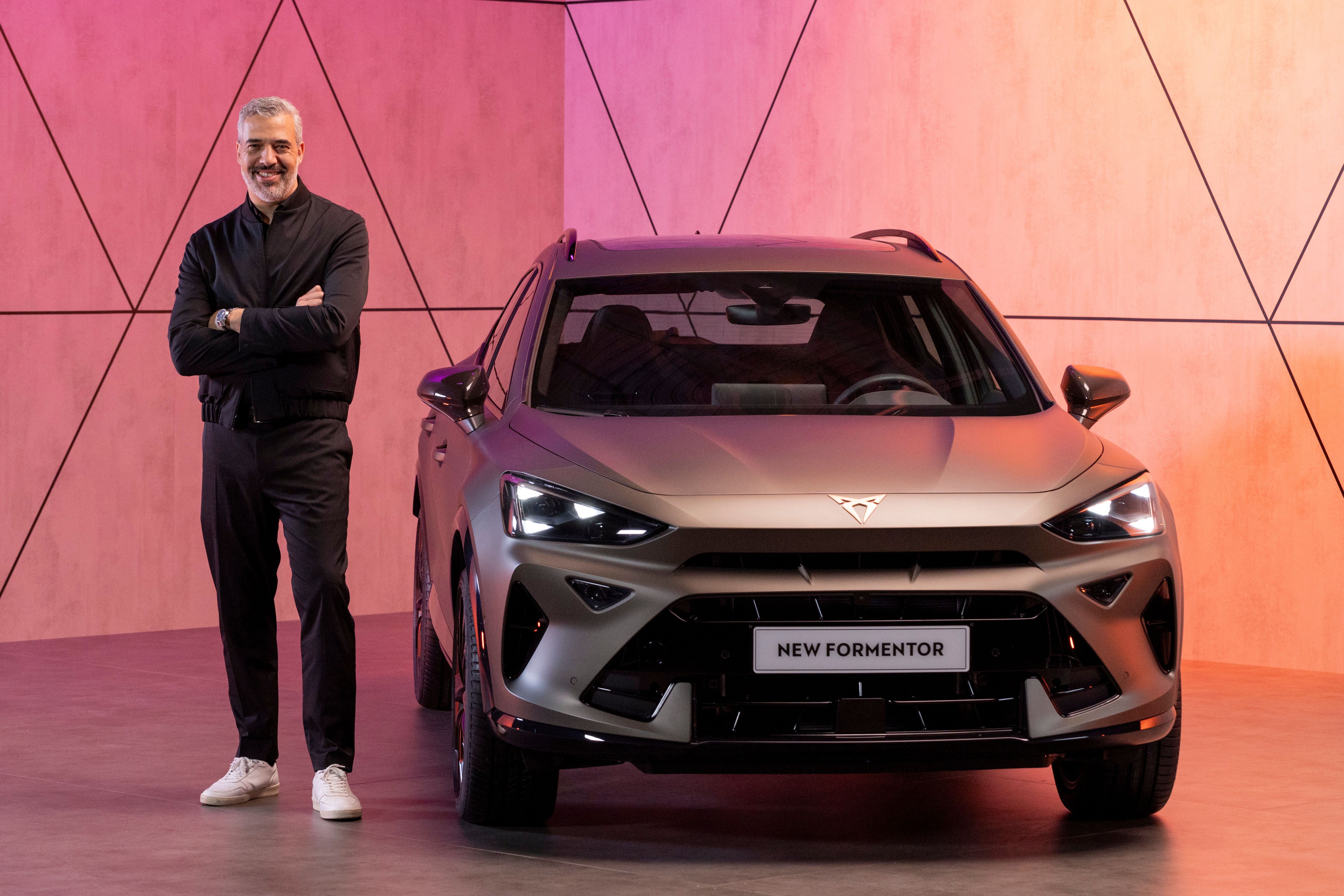
And in my opinion, that’s what European carmakers need right now. With new brands from the far east exploring every possible avenue for survival, Europe cannot rest on its laurels. Cupra is right at the forefront of changing mindsets, making a difference and doing things in a way that hasn’t been done for decades. Cupra is now Europe’s fastest growing car brand, and I can foresee that it’s going to receive phone calls from legacy manufacturers asking how it fought the good fight. I’m excited with the revolution that Cupra is going to bring.
--
Exclusive! Get up to $18,000 off with your Cupra purchase.
Submit your details and secure your discount at: https://www.oneshift.com/new-cars/cupra/?utm_source=os-social&utm_medium=article&utm_campaign=cupra3launches#promo
Photos by Cupra, James Wong
---
Car you sell, Carousell. Get the highest quote for your car in just 24 hours, with assistance on paperwork too.


Get the Best Price for your used car
from 500+ dealers in 24 hours
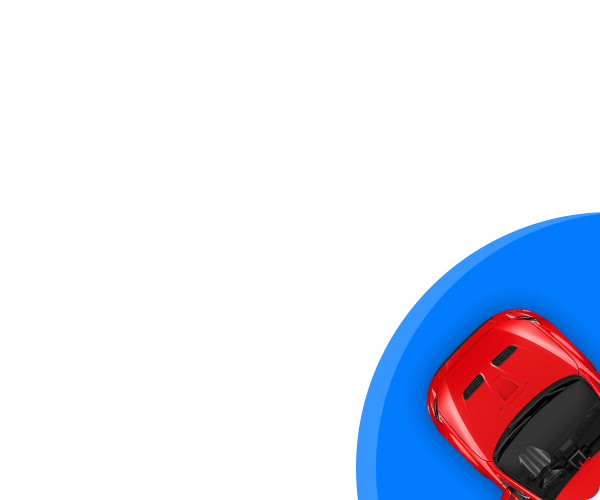
- Convenient and Hassle-Free
- Consumer Protection
Transparent Process
With No Obligation

